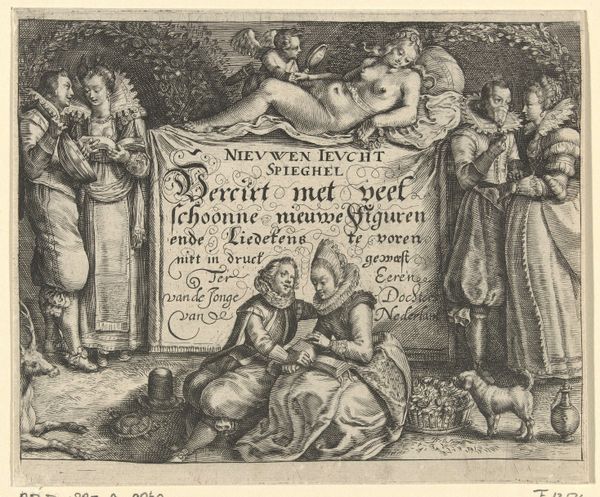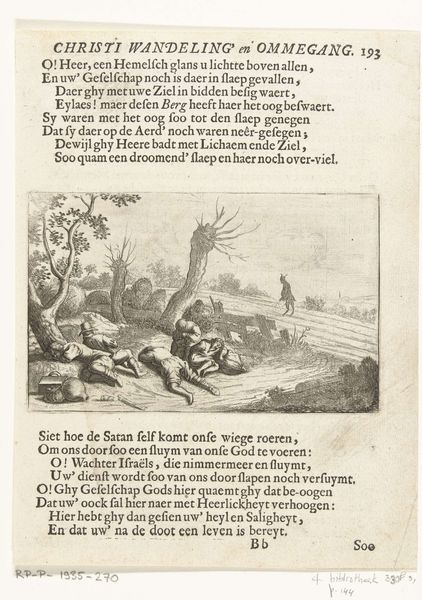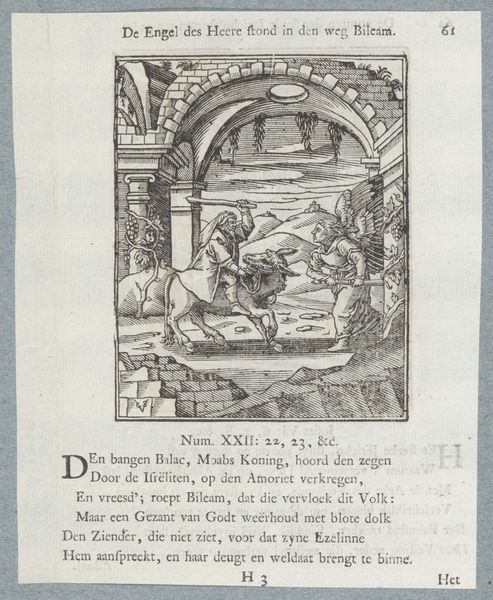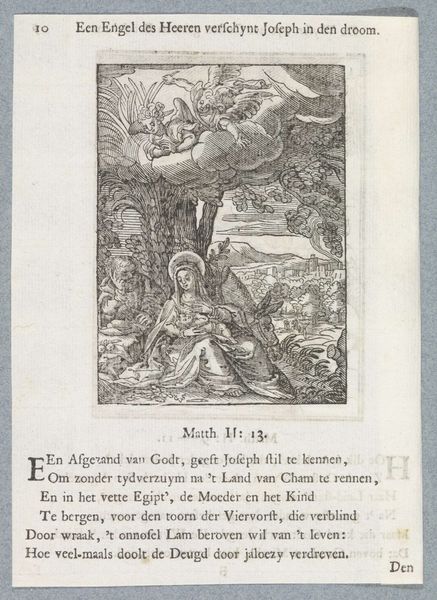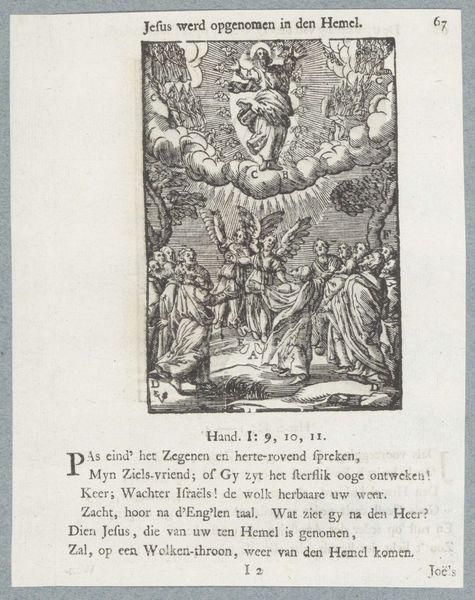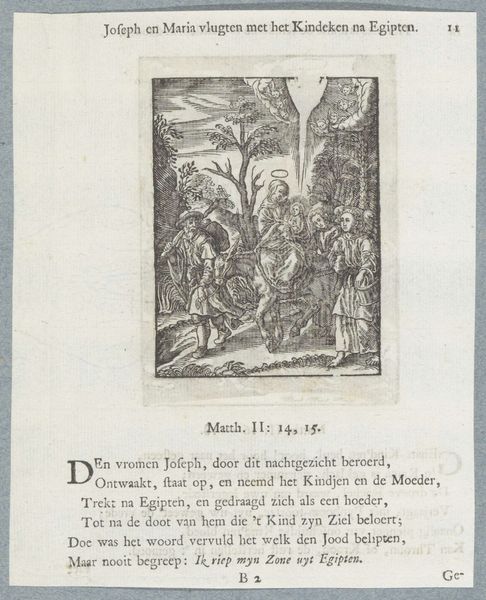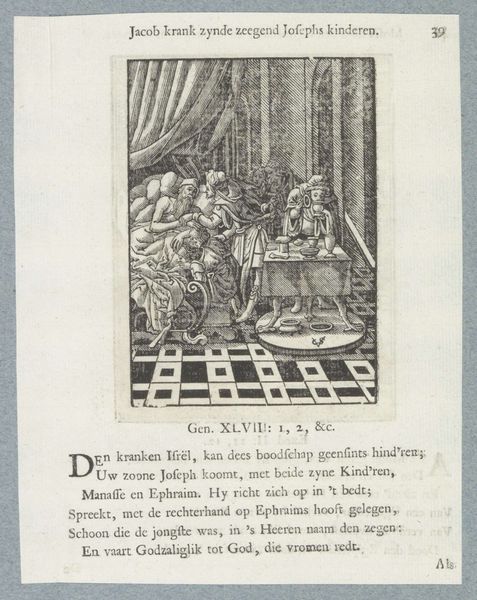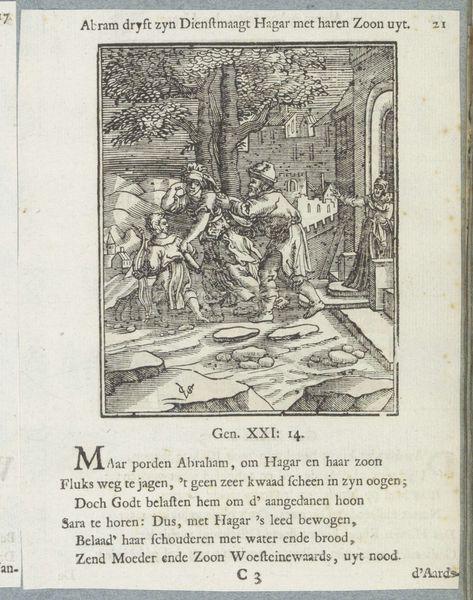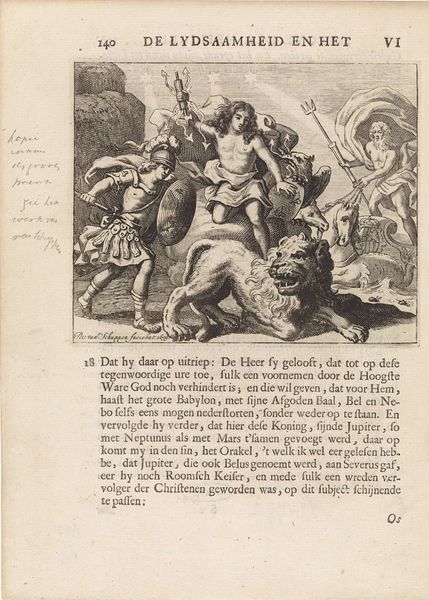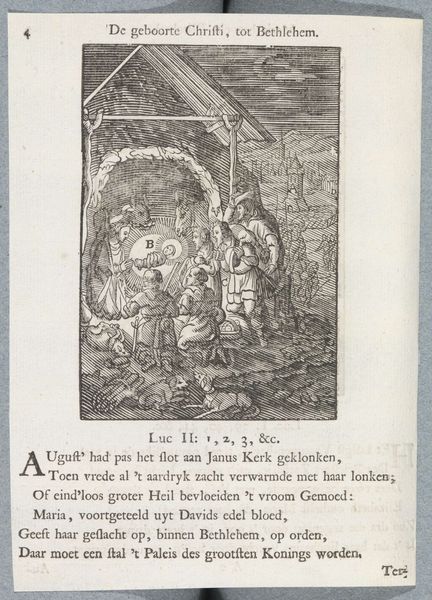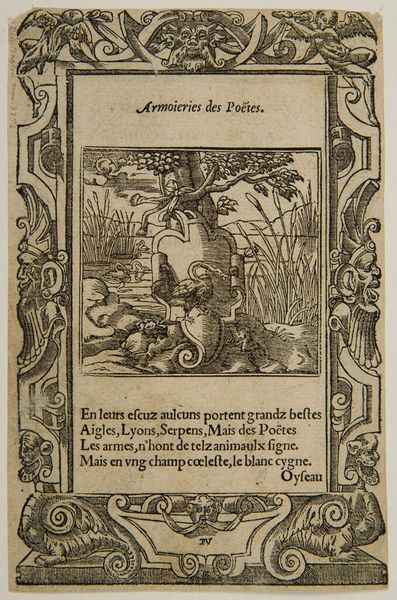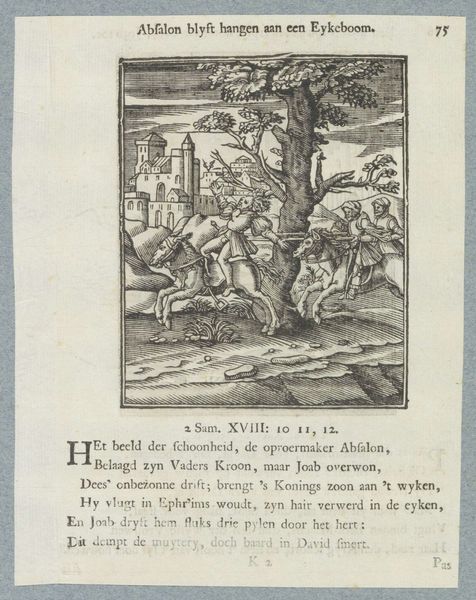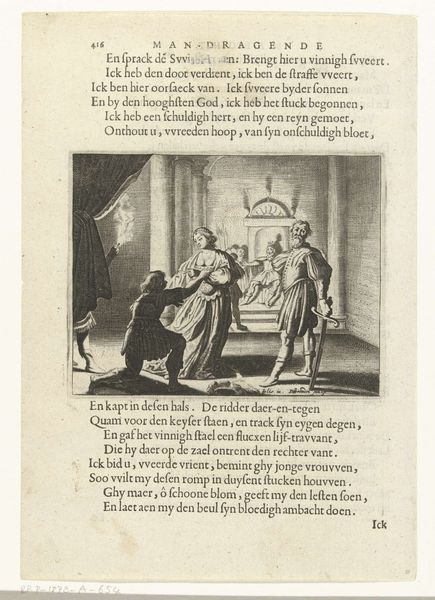
drawing, etching, ink
#
drawing
#
aged paper
#
narrative-art
#
baroque
#
etching
#
old engraving style
#
sketch book
#
hand drawn type
#
figuration
#
personal sketchbook
#
ink
#
sketchwork
#
pen-ink sketch
#
pen work
#
sketchbook drawing
#
sketchbook art
#
erotic-art
Dimensions: height 88 mm, width 55 mm
Copyright: Rijks Museum: Open Domain
Curator: This is "Jupiter en Danaë," a print created sometime between 1620 and 1664, attributed to Stefano della Bella. It currently resides in the Rijksmuseum. Editor: My initial impression? The textures! The cross-hatching really pops, giving it an almost tactile quality despite the delicate scale of the print. And is that… gold coins falling from the sky? Curator: Yes, it depicts the mythological story of Jupiter visiting Danaë in the form of golden rain. Note the etcher’s careful work – the varying densities of lines create volume and shadow, drawing your eye to Danaë and the shower. Considering its likely origin in a print shop environment, this suggests the availability and application of standardized techniques, making classical narratives accessible to a broader, consuming public. Editor: Absolutely. You can almost feel the weight of the etching needle and envision the labor involved. But it also highlights the politics of representation. Look at Danaë herself – passive, reclining. It underscores the societal objectification prevalent at the time and even reproduced now, reflected and circulated within these accessible formats like playing cards. The artist shapes the narrative, and the market determines its consumption, shaping how we internalize such stories even now. The card-like shape suggests this piece may have circulated within game sets and parlor activities. Curator: A vital observation. By making these stories part of everyday material culture, these themes enter into broader social consciousness in very active, performative ways. The ease of mass-production of prints certainly made classical myths accessible. Yet the question arises – who controlled these images, and whose story was actually being told? This intersection of classical narrative, material production, and its embedded social and political contexts reveals the nuanced story behind this seemingly simple print. Editor: Agreed. It serves as a powerful reminder that art isn’t created in a vacuum. This object itself holds a history of social relations as well as art making practice. Viewing "Jupiter en Danaë" in light of these layers significantly deepens our understanding.
Comments
No comments
Be the first to comment and join the conversation on the ultimate creative platform.

